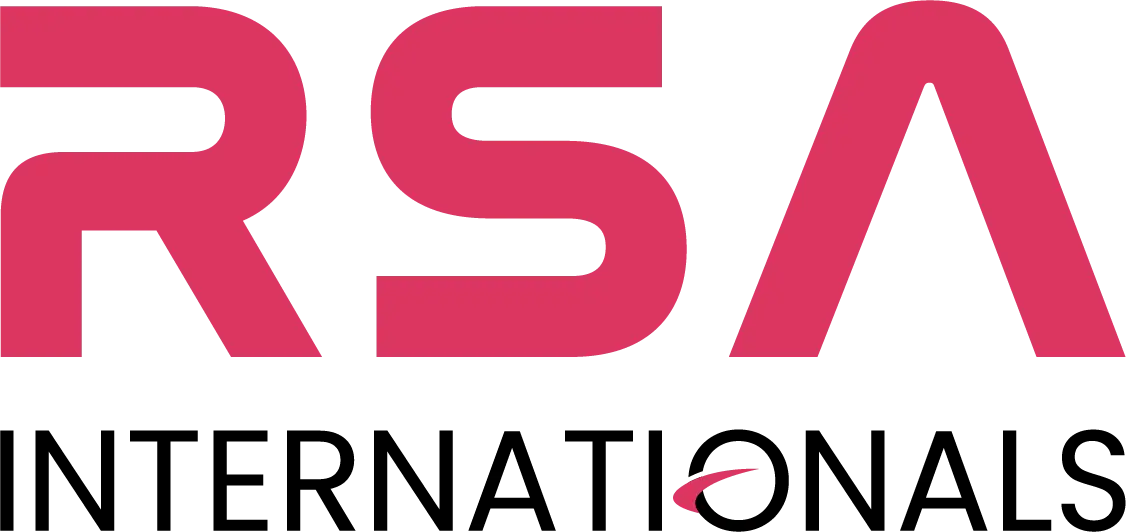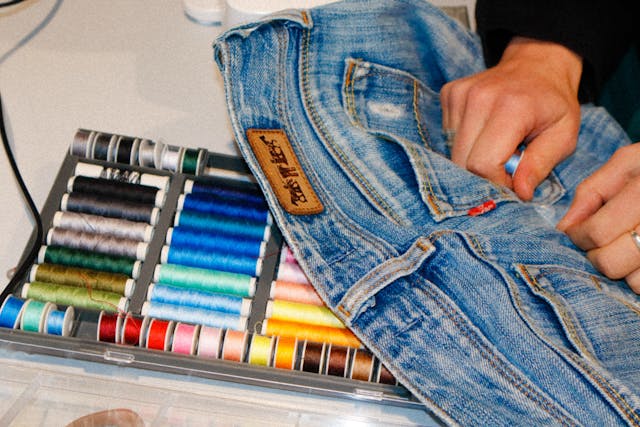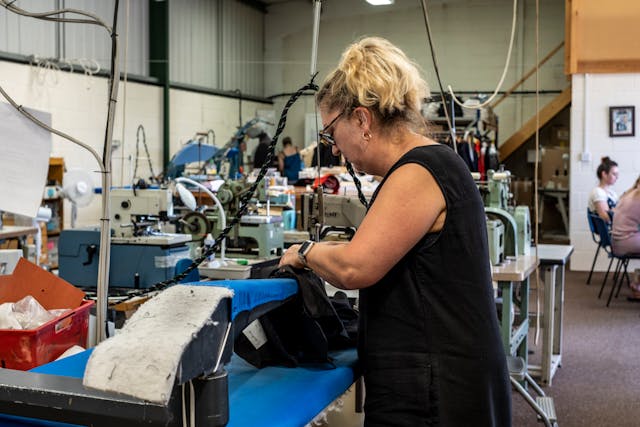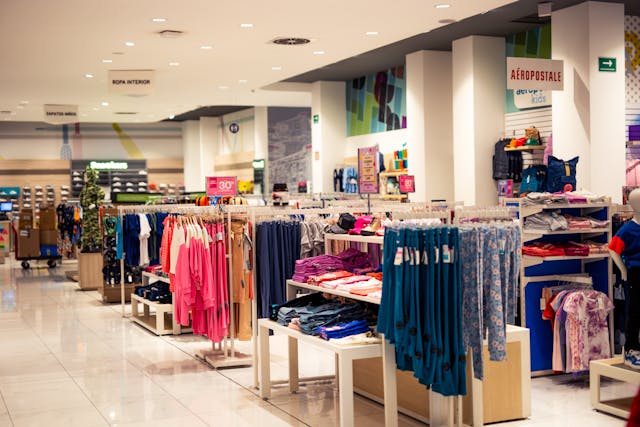Write Us: info@rsainternationals.com
The Future of Apparel Sourcing: Trends to Watch in 2025

1. Sustainability and Ethical Sourcing Will Be Non-Negotiable
As consumers become increasingly conscious of the environmental impact of their purchasing decisions, sustainability will no longer be a trend, but a necessity. The pressure on apparel brands to implement sustainable practices in their sourcing strategies will intensify in 2025.
Key focus areas will include sourcing eco-friendly fabrics, minimizing waste through circular production models, and working with manufacturers that uphold ethical labor practices. Brands will need to ensure transparency in their supply chains, providing consumers with verifiable information about how and where their clothes are made. Partnering with a reliable buying house, like RSA Internationals, which emphasizes ethical sourcing and sustainability, will be crucial for brands looking to meet these demands.
2. The Rise of Technology in Sourcing and Production
The integration of advanced technologies such as artificial intelligence (AI), blockchain, and the Internet of Things (IoT) will revolutionize the way apparel is sourced and produced. AI and machine learning will streamline sourcing processes by providing businesses with valuable insights into trends, demand forecasting, and inventory management.
Blockchain technology will enhance transparency and traceability in the supply chain, allowing brands to track materials from origin to final product, ensuring authenticity and ethical practices. IoT will enable real-time monitoring of factory operations, improving efficiency, reducing waste, and ensuring quality control at every stage of production.
By adopting these technologies, businesses can not only improve operational efficiency but also gain a competitive edge in a market that is increasingly focused on speed and accuracy.
3. On-Demand and Agile Sourcing
As consumer preferences become more dynamic, the demand for faster turnaround times and custom-made products will continue to rise. In 2025, we expect an even greater shift toward on-demand and agile sourcing models.
Brands will move away from large, traditional manufacturing runs and embrace small, flexible production batches. This will allow them to quickly respond to changing trends and consumer demands without overproducing or holding excessive inventory. With the help of digital platforms and nearshoring strategies, businesses can source apparel locally or regionally, reducing lead times and transportation costs while also addressing consumer concerns about sustainability.
4. Nearshoring and Regional Sourcing
Global supply chains have experienced significant disruptions in recent years, from the COVID-19 pandemic to political uncertainties. As a result, many businesses are reevaluating their sourcing strategies and looking to regional suppliers that offer more stability and flexibility.
Nearshoring, the practice of moving production closer to the target market, will become more popular in 2025. This allows brands to shorten lead times, reduce shipping costs, and minimize the risks associated with global supply chain disruptions. For businesses based in North America or Europe, partnering with manufacturers in nearby regions such as Central America, Eastern Europe, or North Africa could prove to be a strategic advantage.
5. Data-Driven Decision Making
Data will be at the heart of apparel sourcing in 2025. Companies that leverage data analytics will have the upper hand in making informed, proactive decisions. Whether it’s analyzing consumer purchasing patterns, tracking the performance of different materials, or evaluating factory output, data will provide the insights needed to optimize sourcing strategies.
Advanced analytics will help businesses identify trends, monitor supplier performance, and predict demand with greater accuracy. This will enable brands to stay ahead of market shifts, optimize their supply chains, and reduce costs.
6. Personalization and Customization
The trend towards personalized products is set to grow exponentially in 2025. Consumers are increasingly looking for unique, one-of-a-kind items, whether it’s custom-fit clothing or apparel designed to reflect their personal style.
This demand for customization will impact sourcing strategies, with brands needing to collaborate more closely with suppliers who can offer flexible production capabilities. Whether it’s personalized prints, designs, or sizes, businesses will need to invest in technologies and sourcing partners that can accommodate these increasingly complex orders.
7. Circular Fashion and the Rise of Recycling
As part of the push towards sustainability, circular fashion will play a significant role in the future of apparel sourcing. Brands will need to focus on designing garments that are durable, recyclable, and easy to repurpose. Recycling and upcycling initiatives will allow businesses to reduce waste while creating new products from old materials.
In 2025, more companies will adopt take-back schemes, allowing consumers to return worn garments for recycling or upcycling. Partnering with innovative manufacturers who specialize in circular production will be key to maintaining a competitive edge in this environmentally-conscious market.
8. Collaboration and Strategic Partnerships
In the future of apparel sourcing, collaboration will be the cornerstone of success. Brands, manufacturers, and suppliers will work more closely together to share knowledge, optimize supply chain processes, and co-create new, innovative products.
Strategic partnerships with reliable, ethically-driven sourcing agencies like RSA Internationals will enable brands to tap into global expertise, access top-quality suppliers, and ensure that their products meet the highest standards of quality, sustainability, and design.
Conclusion
As we approach 2025, the apparel sourcing industry is poised for significant change. Businesses that stay ahead of these trends—embracing sustainability, adopting new technologies, and fostering agility in their supply chains—will be well-positioned for success. By focusing on innovation, sustainability, and strategic partnerships, companies can navigate the challenges of the future while meeting the evolving demands of today’s consumer.
RSA Internationals is here to guide your business through these changes, offering the expertise, global network, and sustainable solutions necessary to stay competitive in the fast-evolving world of apparel sourcing. Let’s embrace the future together!




